The 22nd JCT Traffic Signal Symposium & Exhibition
The JCT Symposium website has moved!
For 2023 and onwards, information and bookings for the JCT Symposium and MOVA User Group will be at our new dedicated JCT Symposium website. This section of the JCT Consultancy website will remain as an archive of past symposia but will not be updated with new content for future events or be used to receive bookings.
Wednesday 20th and Thursday 21st September at The University of Warwick.
This page provides archive information on the 2017 Symposium.
For this year's Symposium, please click here

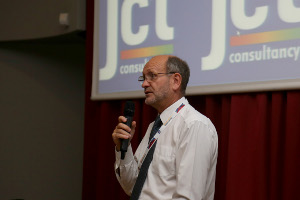
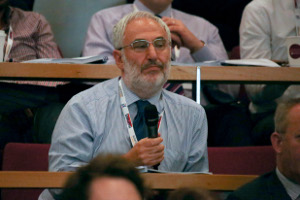
Special Events Sponsored by:


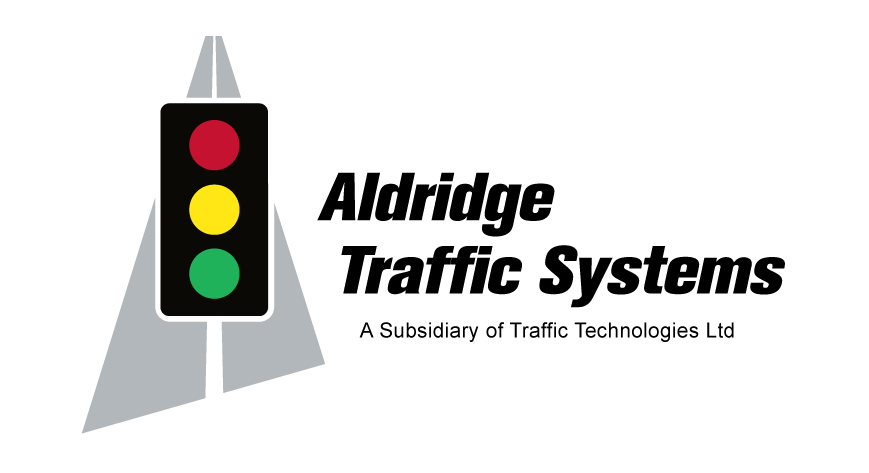

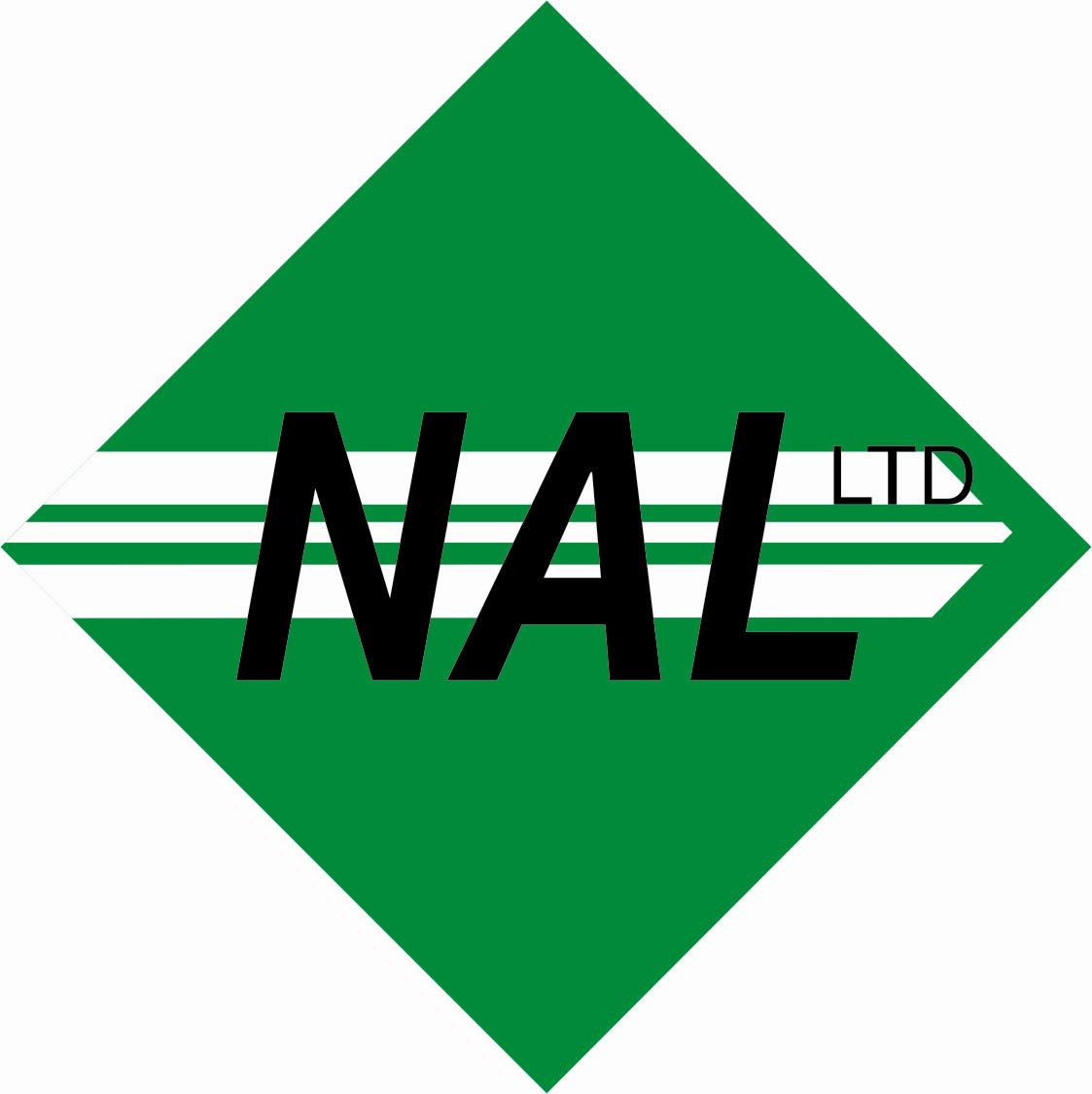
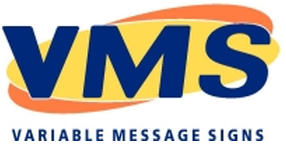

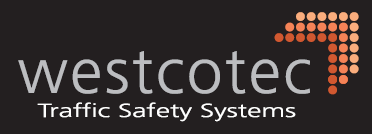
Media Partner:
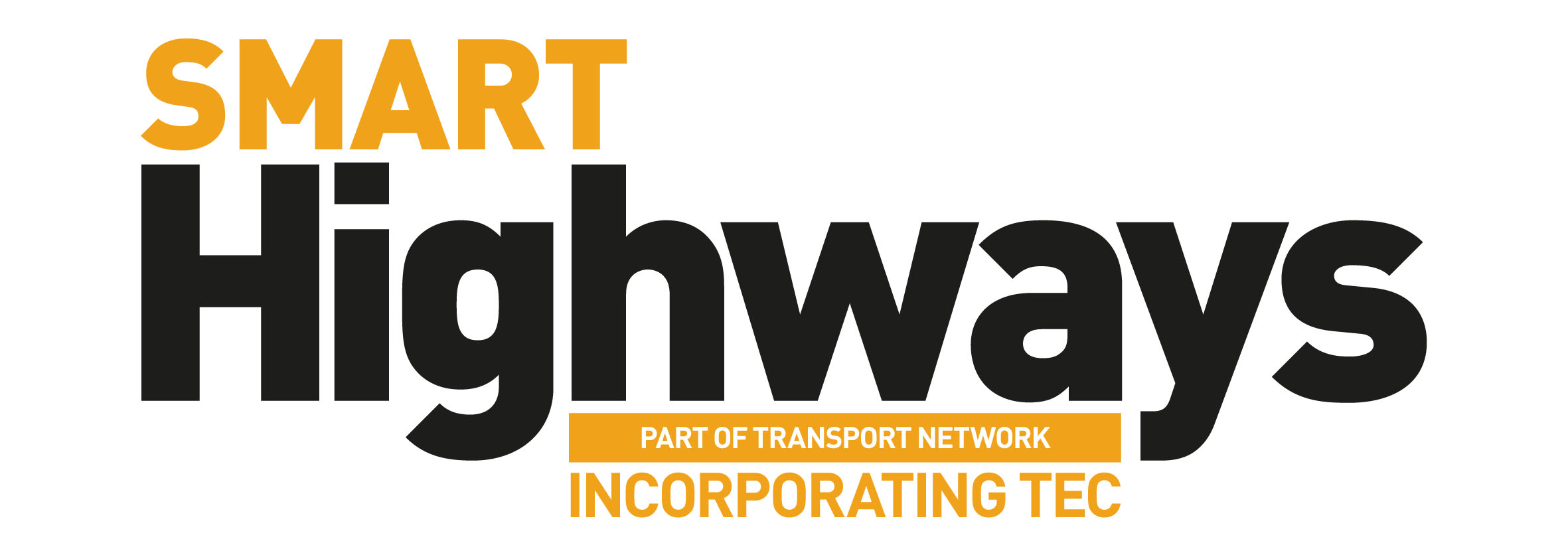
The 2017 Symposium was held at The University of Warwick on the Wednesday 20th and Thursday 21st September 2017. The format of the event was the same as in previous years and included a Symposium programme filled with topical presentations, a specialist Exhibition, and plenty of opportunities to catch up with old friends and colleagues and network with new contacts.
The MOVA User Group was also held at the University on Tuesday 19th September.
Overview
The JCT Symposium & Exhibition started in 1996 as a way to bring traffic signal practitioners together with manufacturers and to maintain a sense of community amongst signals engineers. It is intended to run as an affordable conference that is accessible to as many people as possible, regardless of experience and that encourages the exchange of knowledge, experience and good practice. Over the past few years, the symposium has consolidated its position as the UK's best conference event for traffic signals.
The Symposium & Exhibition runs over two days, and is usually preceded by the MOVA user group. It mixes conference style papers, the principal manufacturers, networking opportunities and organised social events in the evening. As far as content goes, the emphasis is on the signals community itself and JCT seeks submission of papers and presentations from working signal engineers, manufacturers and suppliers. But the broad appeal of the programme means that papers are also welcome from policy makers, interest groups, and academics. If you would like to share your experience with the signals community then please let us know and we will do everything we can to help you including subsidising attendance at this event.
Prizes 2017
As regular Symposium attendees will know prizes are awarded each year for the papers presented. The prizes are awarded by a panel of eminent traffic signal professionals
This year's prizes were awarded as follows:
Overall Best Paper
Innovating the Shuttle – Fitting the signals to the needs of the users.
Tom Siddall, Dynniq and Jason Hole, Cheshire East Highways
[Download Paper →]
Best Presentation
Selecting Communications technologies for UTMC Networks
Andrew Saoulis, Case Communications
[Download Paper →]
Most Innovative Presentation
Improving Lane Adherence at Signalised Roundabouts with Intelligent Road Studs – A Case Study
Richard Llewelyn, Clearview/Edinburgh Napier University
[Download Paper →]
Best New Speaker/Young Engineer
RODAT - Improving Operational Response on London’s Roads
Abigail Preen, Transport for London
[Download Paper →]
Best Presentation Promoting Safety
Why are we still working at Heights?
Ian McDonald, SAPA Pole
[Download Paper →]
Institute of Highway Engineers Exhibition Treasure Hunt
The treasure hunt prize this year was a drone
Westcotec After Dinner competition
Three magnums of champagne were won in the Westcotec After Dinner competition.
2017 Symposium Papers
The programme of papers for 2017 is shown below:
The Development of The Traffic Signs Manual Chapter 6 on Traffic Control
Sally Gibbons, Department for Transport
Sally Gibbons will give an update on the progress towards the Traffic Signs Manual Chapter 6 on Traffic Control,
discussing the consultation process and signalling the way forward.
[Download Paper →]
Sprucing Up Your ITS
Brent Collier and Stephanie Cooper, Sheffield City Council
With the growing sources of traffic information coming available to us, how can we best make use of the data
in our adaptive traffic systems. Does the existing SCOOT and MOVA systems provide sufficient flexibility?
Sheffield City Council are currently implementing some adaptive traffic control solutions that use the SPRUCE/STM system,
originally developed by Leeds City Council, that use traffic data from multiple sources.
We will present examples where we have brought together the best of linked MOVA, SCOOT and Fixed Time UTC, using
data from traditional vehicle loops, bus and tram travel time information and above ground congestion detectors, all combined
together using SPRUCE/STM as the strategy control.
[Download Paper →]
Microsimulation, MOVA and Speed-Flow in the far South West
Alan Shailes, Cormac (Cornwall)
CORMAC Solutions Ltd (CSL) were commissioned by Kier Highways (KH) to undertake feasibility design
and costing regarding a new traffic control system proposed for an existing un-signalised crossroads near to Penzance,
Cornwall in the South West of the United Kingdom.
The crossroads are situated in an isolated location so we had problems
getting the base VISSIM model to validate due to the very straight, rural and isolated nature of the approaches to the signals
and the effect of platooning in relation to certain individual vehicle speeds.
We overcame this problem by using approximately 20 000 empirical speed readings and developing customised speed – flow curves which were
entered in to VISSIM for the long straight single lane links in the model. This resulted in a highly accurate base model validation to
provide a robust testing platform for the proposed signals.
[Download Paper →]
Improving Lane Adherence at Signalised Roundabouts with Intelligent Road Studs – A Case Study
Richard Llewelyn, Clearview/Edinburgh Napier University
Spiral markings at signalised roundabouts improve traffic flow but can reduce safety due to poor lane discipline.
This presentation describes an innovative method of improving lane adherence at signalised spiral-marked roundabouts
through the use of intelligent road studs. To achieve this, a before-and-after case study of a major spiral-marked,
traffic signal controlled roundabout on the Edinburgh City Bypass was undertaken. The research revealed a substantial
reduction in lane transgression at the roundabout and a corresponding reduction in collision rate. The success of the scheme
has been recognised with a total of six national transport industry awards in 2016/17.
[Download Paper →]
Innovating the Shuttle – Fitting the signals to the needs of the users.
Tom Siddall, Dynniq and Jason Hole, Cheshire East Highways
A new shuttle working through the picturesque village of Disley in Cheshire East brought a set of challenges,
some of them unique to the site, some common to many shuttle working installations. The paper and presentation will
look to explain the approach taken to resolving the challenges and highlight the innovations used to provide a signal
installation that was appropriate to its setting and fitted with the needs of the users of the site.
[Download Paper →]
Improving the bus network through traffic signalling
Henry Axon, Transport for London
Transport for London is improving the bus network by allowing priority at junctions and reducing
bus delay by using their iBus software. This allows signals to be either extended, to allow a bus through
in the last seconds of a stage, or recalled to get back to green faster and lessen the wait time on red.
The paper will also show how TfL have increased bus speeds in inner London and how delayed buses are given a greater
priority to move through the network quicker and regain lost journey time which allows customers to travel with greater
reliability and confidence.
[Download Paper →]
Factory and Site Acceptance Testing
Dave Lawrence, TCT Consultancy
Factory and Site Acceptance Testing is an important part of a traffic signal installation, whether it be a brand new site
or modification of an existing one. This paper discusses the importance of such testing and describes the approach taken
by TCT Consultancy Ltd, which it is hoped that others may find useful.
[Download Paper →]
Addressing the safety and availability challenges when delivering distributed Traffic Control systems.
Keith Manston, Siemens
This paper will explore the safety and system challenges which have been successfully addressed in the Siemens Plus+ system,
to ensure that a distributed Traffic Control system delivers both savings in on-street implementation as well as maximum on-going
availability under a wide range of possible fault conditions.
[Download Paper →]
MOVA M8
Mark Crabtree, TRL
MOVA M8 is the latest version of the successful MOVA signal control strategy. MOVA M8 includes several new features with various purposes in mind, but overall to make its contribution to ITS more significant. The first of the new features is the Special Conditioning. This processes inputs according to set conditions which can include a selection of MOVA variables. The processed signals can be either conditioned as inputs or outputs. Another change has been the addition of a mimic of the site. This shows information in a graphic way on a schematic diagram of the site which helps with assimilating the information necessary particularly during commissioning and validation. A further feature is the bus weighting facility. Instead of reacting to buses by giving them ‘absolute’ priority, it is possible to weight them as more important within the optimisation reducing their delay without overly penalising the whole junction (including subsequent bus arrivals). Other additions have been made to the emergency/priority facility to further increase its flexibility. To assist with maintenance and security, a Web User Interface has been added. Several further minor changes have been made, all adding up to the most significant change to MOVA for some time.
Modern AGD radar use and applications for MOVA, SD, Cyclist & Bus Detection
Oli Bain, AGD Systems and Dan Preece, Integrated Traffic Services
LinSig and the Planning Process – When are transport impacts ‘severe’?
Paul Lulham, DHA
The National Planning Policy Framework (NPPF) was introduced in 2012 and sets out the Government’s planning policies
for England and how they are to be applied by Local Planning Authorities. Paragraph 32 of the NPPF states that:
“…development should only be prevented or refused on transport grounds where the residual cumulative impacts of
development are severe”. The question of when the transport impacts of development are “severe” remains unclear, despite
it being tested at various planning appeals since 2012. DHA Transport has nevertheless utilised LinSig to good effect
on a number of recent projects to overcome the objections of Local Planning and Highway Authorities on these grounds.
DHA’s presentation will refer to a number of these case studies in seeking to draw conclusions as to when the transport
impacts of development really can be termed ‘severe’.
[Download Paper →]
Sustainable Design and Innovative Solutions to Modern Day Traffic Problems
Jonny Wright, Siemens Consultancy Services & Sunil Budhdeo, Coventry City Council
This paper details case studies of two schemes in the West Midlands where Siemens, in partnership with local authorities,
have developed innovative solutions to enable sustainable design and implementation of bus priority and traffic redistribution strategies.
Both of these case studies required minimal equipment, installation and civil engineering works, minimising the impact on the network and
keeping costs to a minimum.
[Download Paper →]
Making the most of existing road capacity using predictive decision support
Devrim Kara, PTV
Despite the advancements in Intelligent Mobility and promising new potentials, the growth in road traffic demand predicted for the UK roads is unsustainable. Events and incidents on the roads are becoming a major cause of delays and poor journey time reliability. In turn, congestion is becoming a major cost particularly in large cities and urban areas.
Today’s traffic control centres have tools to monitor traffic conditions and verify incidents. Explaining the cause of traffic conditions or predicting how incidents will affect them in the future is not a common feature. A real-time and predictive system can enable traffic control centres to predict the impact of planned and unplanned events and incidents. It can also help evaluate and select the most beneficial scenarios to mitigate the impact of incidents, reduce delays and increase journey time reliability. Predictive information combined with real-time traffic signal plan management can help increase the efficiency of the traffic signals in dealing with unusual changes in capacity and demand. Predicted traffic and journey information can also be provided to the users of the road network in real-time via smartphone applications or in-car navigation systems so they can make better informed choices.
Such a system could help “shift” the road capacity in real-time to where it is most needed and direct the demand where capacity has been created. It can help make the most of existing capacity as opposed to investing on costly and unsustainable capacity increases.
Why are we still working at Heights?
Ian McDonald, SAPA Pole
Panel Discussion : - Potential impact of the change to electric propulsion
Peter Bull, Independent
As an innovation for the Symposium we are this year introducing a panel discussion which will consider the issues surrounding the change to electric propulsion in cars and other modes.
Removing the Boundaries
Kevin Gilday, Dynniq
This paper looks at the use of Multitenant hosted systems to allow flexible sharing, monitoring and control of ITS Assets.
It is based primarily on the work we are doing in South Yorkshire with Rotherham, Sheffield and Doncaster as a part of the syITS Project.
[Download Paper →]
Understanding LinSig in the Real World
Chris Kennett, Green Signals Consulting
Understanding Linsig in the Real World looks at how Linsig is used to model complex networks in a 'useful' way.
In particular, how to use and understand the model to get information relevant to the real world of network management,
planning and ITS. It examines techniques to get the most reliable and useful model data, as well as helping to explain what
the data means and the implications it can have. Throughout the paper, examples focus on models validated against real life.
[Download Paper →]
Simulating VANets with FLOURISH
Pete Sykes, TSS
FLOURISH is a multi-sector collaborative project helping to advance the successful
implementation of Connected and Autonomous Vehicles (CAVs) in the UK.
The project seeks to develop services that maximise the benefits of CAVs for users and for
transport authorities with a specific focus on the needs of the older driver in the use of vehicle information systems.
The question to be addressed in the simulation work package concerns how to make best use of the rich source of road
network data offered by Connected Vehicles, how to process and understand it, how to present it to drivers
(or to autonomous vehicle controllers) and how to use it in conjunction with traditional ITS and signals.
To this end, TSS is implementing a VANet (Vehicle Ad-hoc Network) simulation within Aimsun to operate as a test
environment to support research and development of in vehicle information and control systems and area wide network management algorithms.
[Download Paper →]
Changes to Passive Safety Norm EN12767
Wayne Lovatt, SAPA Pole
First deployment of AGD’s new generation kerbside with IP connectivity, 3DHD & AGD touch setup
Greg Baker, AGD Systems
Integrated Logistics Solutions – improving freight related traffic
Ian Mayhew, Siemens Consultancy Services
With road freight traffic continuing to grow on our roads, access to and from the UK’s logistics hubs is becoming a significant
congestion and air quality issue. By combining truck guidance, intelligent parking, yard routing, gate automation with network
demand knowledge, Siemens has successfully implemented an integrated logistics solution in Duisport, Germany which decreases congestion
and improves overall access to the port. Providing integrated solutions across the traffic network can provide significant environmental,
journey time and cost savings.
[Download Paper →]
Tramspotting – A new signal priority strategy for Edinburgh
Robert Mansell, The City of Edinburgh Council, Ben Hallworth, BR Hallworth Ltd, Grant Davidson, Jacobs
Since Edinburgh Trams started service in 2014, passenger numbers have been steadily increasing, and some of the peak hour
trams are running full. Enough trams were purchased to operate the full route from the Airport to Leith, but when the line
was curtailed at York Place in the city centre, over half the trams are left on the sidings in the depot every day. The solution?
Double the tram frequency and run a tram every 3.75 minutes. However, the on street section in the City runs along Edinburgh’s busiest
traffic routes and through our most critical junctions, all of the city centre bus services share the route along Princes Street and there
are huge numbers of pedestrians enjoying the Capitals famous thoroughfare every day. Trams are currently causing major disruption to the network,
including leaving pedestrians frustrated when their green man is missed.
So working with our friends at Edinburgh Trams and Lothian Buses, we have drawn up a new strategy to give “slots” for trams on the network where
the signal stages remain properly co-ordinated and the trams can glide through without causing major disruption. This replaces a hurry call method
of priority with SPRUCE strategies struggling to implement recalls and recovery before the next tram turns up.
[Download Paper →]
RODAT - Improving Operational Response on London’s Roads
Abigail Preen, Transport for London
RODAT (Real-Time Origin Destination Analysis Tool)Transport for London, along with Deloittes, have designed and built an innovative ITS
solution combining analyses and visualising information from the hundreds of roadside sensors with other sources of ‘big data’ to support
real-time congestion management. The tool gives TfL the ability to distinguish between critical journeys and local journeys, and start to
quantify actions and support any decisions. This is the first time that a tool such as this has been attempted in the transport sector.
This paper will discuss the development of RODAT and how it is used within the company, to directly support road users, passengers and
the wider London economy through reduced congestion, which contributes to reduced and more reliable travel time; reduced business costs
and pollution; and lower stress for drivers, cyclists, passengers and pedestrians.
[Download Paper →]
Decisions and Data
Nigel Fairfield, Dynniq
‘Decisions and Data’ - exposing the significant amount of information that is available to support decisions,
strategies and onward public dissemination. This is based on our work associated with collecting both free and licenced Data
and using it in such a way that we can support ITS Strategies and road user advice.
[Download Paper →]
Selecting Communications technologies for UTMC Networks
Andrew Saoulis, Case Communications
Andrew Saoulis (CASE Communications) will discuss the balancing act between capital expenditure and operational costs that’s required to get the best value for money for any network but focusing on UTMC networks. He will discuss that with a large capital budget its possible to install Fibre and run at Gigabit rates, with the highest levels of reliability and virtually no operational costs, but with smaller budgets DSL is quick and low cost to install but it incurs an ongoing monthly rental and may exhibit reliability issues. Andrew will discuss the need to implement software to improve the reliability of the BT or any ISP’s network and will refer to case studies from Scotland [Download Paper →]
Exhibition
The Symposium has had a parallel exhibition for many years and as in previous years the exhibition includes stands for most of the key companies in the traffic signals field and entry is free for Symposium delegates.
Exhibitors for 2017 included:
|
|
Event Sponsors
As in previous years the Symposium is sponsored by several major companies from the traffic control industry. Once again, Siemens have generously sponsored the main Gala Dinner on the Wednesday evening.
The following are kindly supported by our sponsors:
- Gala Dinner (Wed Eve) - Siemens
- Drinks Reception (Wed Eve) - Swarco
- Indian & Italian Night (Tue Eve) - Aldridge Traffic Systems
- Evening Social/Networking on Tue and Wed - Dynniq, Swarco, VMS, NAL
- Delegate Goody Bags and Badge Lanyards - SMART Highways
- Treasure Hunt - Institute of Highway Engineers
- Gala Dinner competition - Westcotec
Venue
2017 saw the Symposium returning to The University of Warwick for a seventh year. This was our last year holding the Symposium in Warwick. The 2018 Symposium will be held at the Nottingham Conference Centre. Further details will appear on our web site in due course.
Further Information
If you would like any further information regarding the Symposium or Exhibition please don't hesitate to contact us at symposium@jctconsultancy.co.uk.
 |
|
 |
|
 |
|

Upcoming courses
03 Feb 2026: LinSig3 : Online Junction Modelling Computer Workshop ...more
14 Apr 2026: Interpretation and writing of TOPAS 2500 Controller Specification forms for Transport Modellers and Design Engineers ...more
02 Jun 2026: Introduction to Traffic Signals ...more
02 Jun 2026: Practical Application of MOVA Computer Workshop including the use of MOVA Tools and MOVA Simulation ...more
04 Jun 2026: LinSig3 : Junction Modelling Computer Workshop ...more
Subscribe to email updates
To subscribe to Course, Software or Symposium update emails, please click here